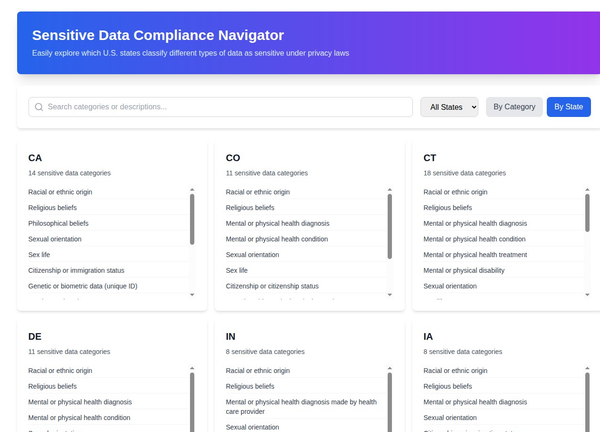The Evolving Landscape of Cyber Warfare: Insights into Recent Cyber Attacks

Introduction In the ever-evolving digital age, cyber warfare has become a critical domain for geopolitical conflict. Recent incidents highlight a surge in sophisticated cyber campaigns targeting government infrastructure, private enterprises, and individuals. This article delves into notable recent cyberattacks, uncovering the tactics, motivations, and implications behind these operations.
FANCY BEAR Targets Central Asia with HATVIBE and CHERRYSPY Malware
The cyber-espionage group FANCY BEAR, known for its ties to Russian intelligence, has been actively targeting entities in Central Asia. Leveraging the HATVIBE and CHERRYSPY malware, the group aims to extract sensitive intelligence and maintain persistent access.
- HATVIBE Malware: A highly sophisticated tool capable of exfiltrating data and remotely controlling infected systems.
- CHERRYSPY Malware: Designed for stealth operations, focusing on avoiding detection and prolonging the lifecycle of attacks.
Motivations and Implications: FANCY BEAR’s operations align with Russia’s strategic interests in the region, seeking to influence political dynamics and monitor adversaries. These campaigns underscore the need for enhanced cybersecurity measures, particularly in geopolitically sensitive areas.
Star Blizzard Impersonates US Government Officials in WhatsApp Account Takeover Phish
The Star Blizzard threat actor group has adopted a novel phishing tactic, impersonating U.S. government officials to compromise WhatsApp accounts. This campaign employs social engineering to exploit trust and obtain access to critical communication channels.
- Tactics:
- Impersonation of officials to gain credibility.
- Distribution of malicious links designed to harvest login credentials.
- Exploitation of WhatsApp’s account recovery features to take control of accounts.
Consequences: The attack highlights vulnerabilities in widely-used communication platforms. Victims, including high-profile individuals, have reported significant disruptions and potential data breaches. Organizations must educate users on detecting phishing attempts and securing personal accounts.
Roseltorg Cyberattack by Yellow Drift
Roseltorg, a prominent Russian state procurement platform, recently fell victim to a cyberattack orchestrated by the pro-Ukraine group Yellow Drift. This attack disrupted critical procurement processes, undermining operational efficiency.
- Attack Overview:
- Yellow Drift targeted the platform’s core infrastructure, causing downtime and data exposure.
- The attack is a strategic move to weaken Russia’s economic stability.
Implications: Such attacks exemplify the use of cyber warfare as a tool for economic sabotage. By targeting vital state functions, adversaries aim to erode confidence in government capabilities and disrupt essential services.
Nodex Infrastructure “Destroyed” by Ukrainian Cyber Alliance
Nodex, a Russian Internet Service Provider, faced a destructive cyberattack executed by the Ukrainian Cyber Alliance. The attack rendered significant portions of the infrastructure non-functional.
- Key Aspects:
- The attack employed advanced destructive techniques, likely involving wiper malware.
- Significant outages and data loss were reported, impacting both corporate and consumer services.
Strategic Impact: By crippling critical communication infrastructure, this attack demonstrates the potential for cyber operations to act as force multipliers in kinetic conflicts. It also underscores the need for robust incident response capabilities in the telecom sector.
Destructive Cyberattack on RegionTransService by Ukrainian HUR
The Ukrainian HUR (Main Intelligence Directorate) launched a targeted cyberattack on RegionTransService, a Russian transportation firm. This operation involved data theft and system disruption, severely impacting logistics capabilities.
- Objectives:
- Disrupt military logistics and supply chains.
- Undermine economic stability through transportation delays and cancellations.
Analysis: Targeting transportation underscores the strategic focus on disrupting the movement of goods and personnel. The attack’s success highlights vulnerabilities in logistics networks and the broader implications for national security.
Russian SORM Providers Export Surveillance Technology
A report by Recorded Future reveals that Russian SORM (System for Operative Investigative Activities) providers have been exporting surveillance technology to at least 15 telecommunication firms worldwide.
- Key Findings:
- SORM providers enable governments to monitor communications and suppress dissent.
- Exporting these technologies expands Russia’s influence in authoritarian regimes.
Global Implications: The proliferation of surveillance technology poses significant risks to privacy and human rights. It also highlights the geopolitical dimensions of technology exports and the need for international regulation to prevent misuse.
Conclusion
The incidents analyzed here paint a vivid picture of the shifting cyber landscape, where state-sponsored groups, hacktivists, and cybercriminals converge to shape geopolitical outcomes. Defending against such threats requires:
- Enhanced public-private partnerships to share threat intelligence.
- Investment in advanced threat detection and response mechanisms.
- International cooperation to address the proliferation of surveillance technology and cyber weapons.
As cyber warfare evolves, staying informed and prepared is critical to safeguarding digital sovereignty and ensuring a secure future for all.





